 Jan 18, 2011 - 9:57 AM Jan 18, 2011 - 9:57 AM
|
|
|
Enthusiast Joined Jan 16, '10 From Sydney, Australia Currently Offline Reputation: 0 (0%) |
G'day 6gc'ers I need painting advice!
My 6gc has an extremely deep 30cm (12") gouge in the rear fender <insert embarrassing story with flimsy excuses here>. Now I'd like to try my hand at repairing it myself, however I've never done anything like this before so Im after some advice before I ruin it even more. The area around the scratch has been repainted twice before, once by the previous owner and once professionally after a nasty vandalism incident which can be seen here. As a result the paint around the scratch is extremely thick, about 2mm from the surface of the surrounding paint to the steel underneath and another 1mm into the steel. After doing some reading on the subject I've come up with the following plan. 1. Wet sand the area with 100-grit down to bare metal. 2. Fill the gouged steel with bondo. 3. Sand progressively finer 200 - 400 - 800 grit. 4. Apply primer. 5. Apply paint + wet sand with 1000 grit. 6. Repeat step 5 untill new paint is level with surrounding paint. 7. Apply clear coat, wet sand with 2000 grit, buff and polish. 8. Enjoy the satisfaction of having robbed a body-shop of their exorbitant fee. I know colour matched paint can be purchased in spray cans from auto-shops, will these be suitable for this application, or will a full spray-gun set up be required? Does this little plan sound right to those with painting experience? Feel free to laugh at my noob-ness and point me in right direction if I'm way off the mark. Many thanks, Palmy. This post has been edited by Palmy: Jan 18, 2011 - 9:58 AM |
 |
Replies
 Jan 18, 2011 - 12:23 PM Jan 18, 2011 - 12:23 PM
|
|
|
Enthusiast  Joined Aug 15, '10 From UK Currently Offline Reputation: 0 (0%) |
1. Using 80 Grit sandpaper and feather surrounding area ready for body filler.
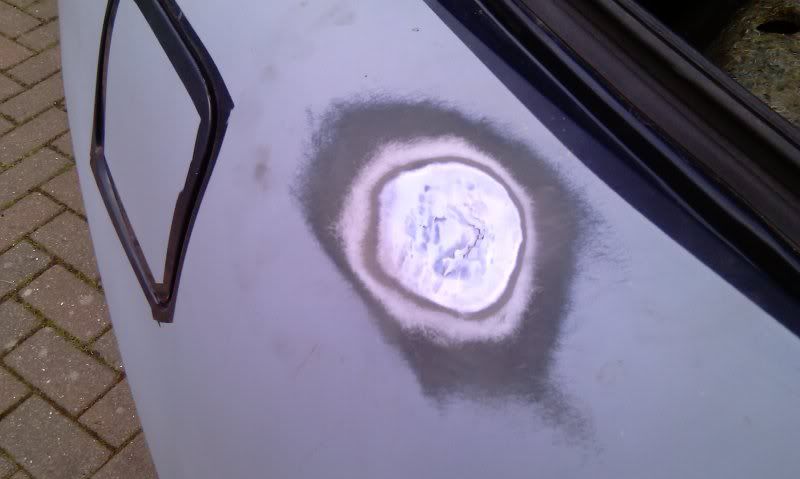 2. Body filler applied over total repair area, following body contour, ready to be sanded smooth.  3. Starting with 80 Grit sandpaper then 120 Grit sandpaper...start shaping the body filler. 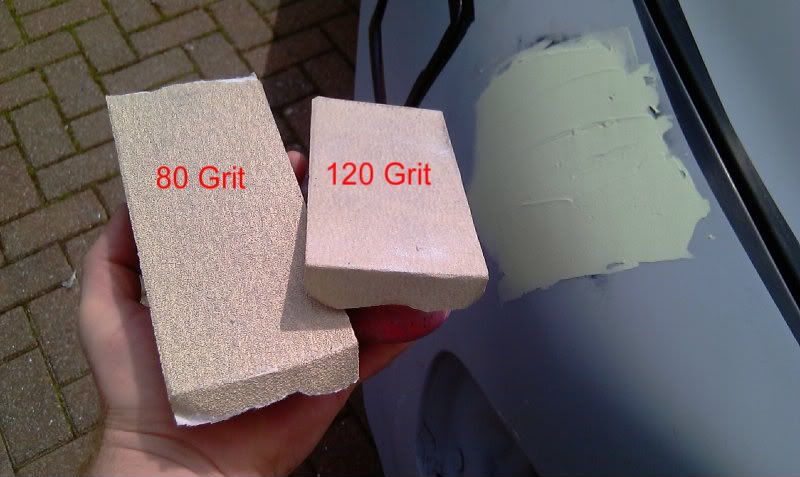 4. Once the edges of body filler start to go milky...stop. Another layer of body filler required to fill in area in centre. 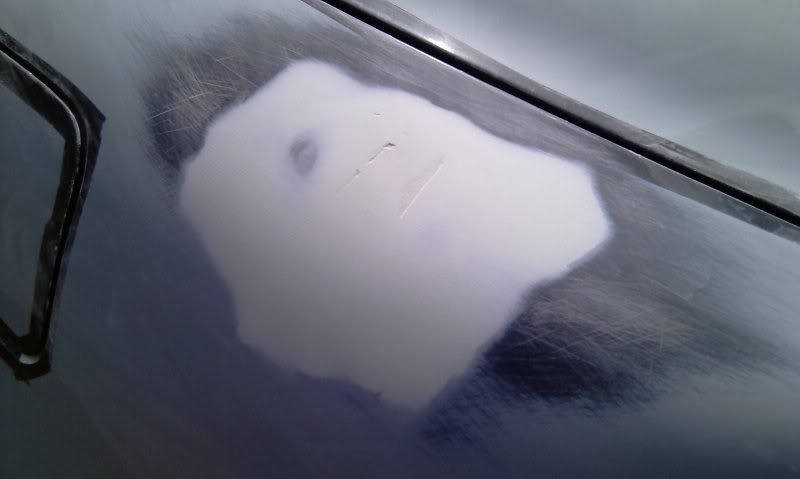 5. The second layer of body filler to fill in lower areas in original repair area. 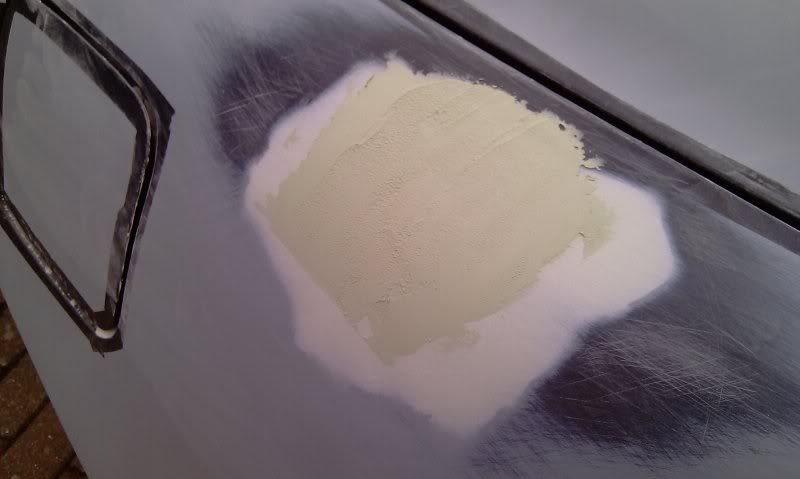 6. Sanded down with 80 Grit then 120 Grit sandpaper until edges start turning milky. 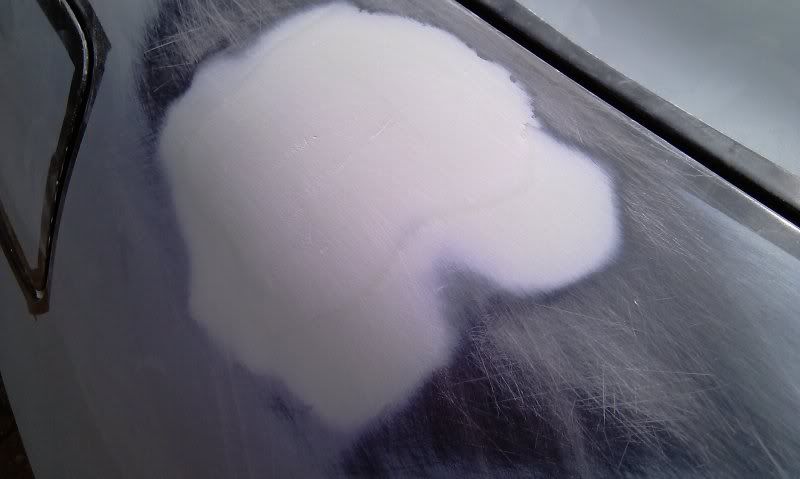 7. Stopper filler apllied over pin hole area. 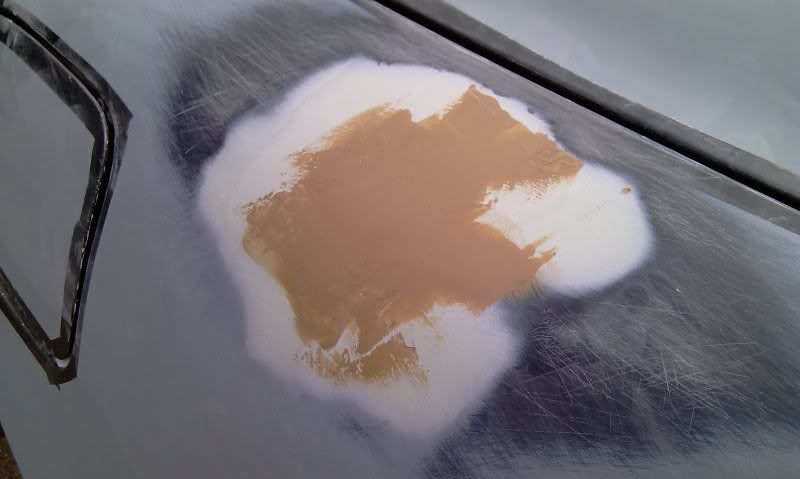 8. Sanded with 220 Grit sandpaper for perfect pin hole finish. 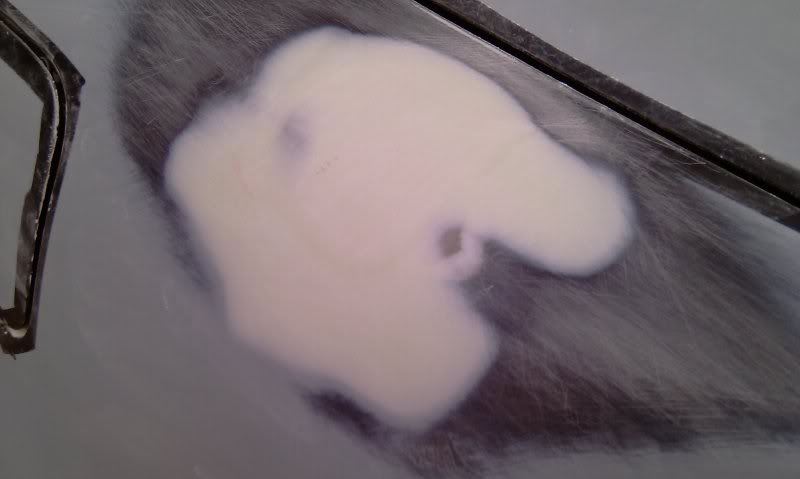 9. Using 320 Grit sandpaper to feather out the edges of the repair area into surrounding. 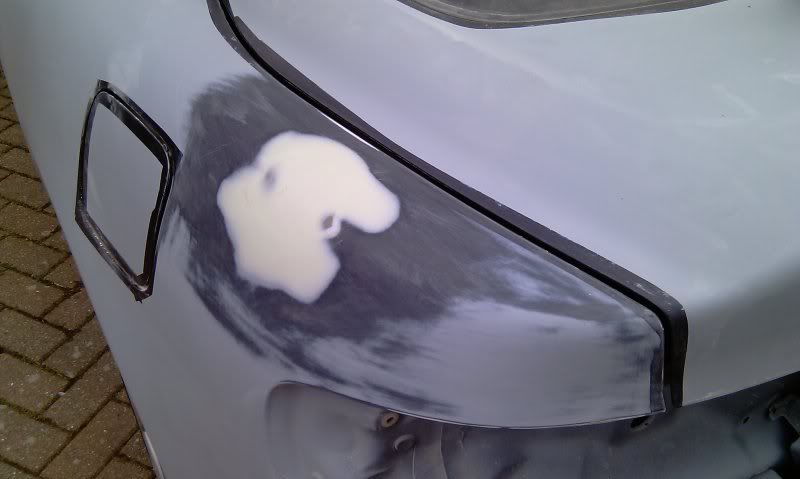 10. Various masking technique used to reduce overspray of primer. 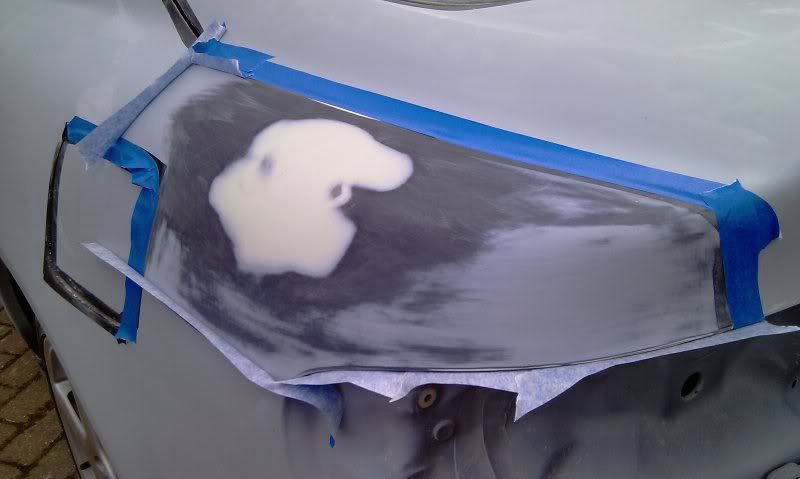 11. After 1st coat of primer...you can just about see the repair...allow 10 mins inbetween coats for solvents to flash off. 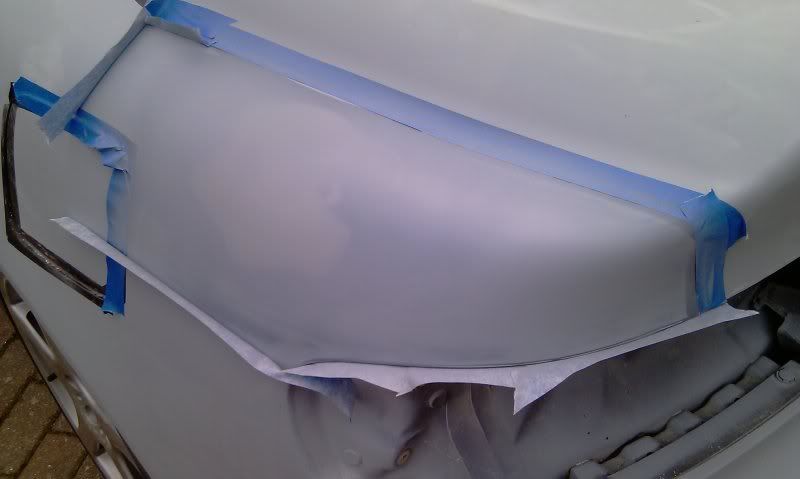 12. After 3 coats of primer...the repair area is finished. 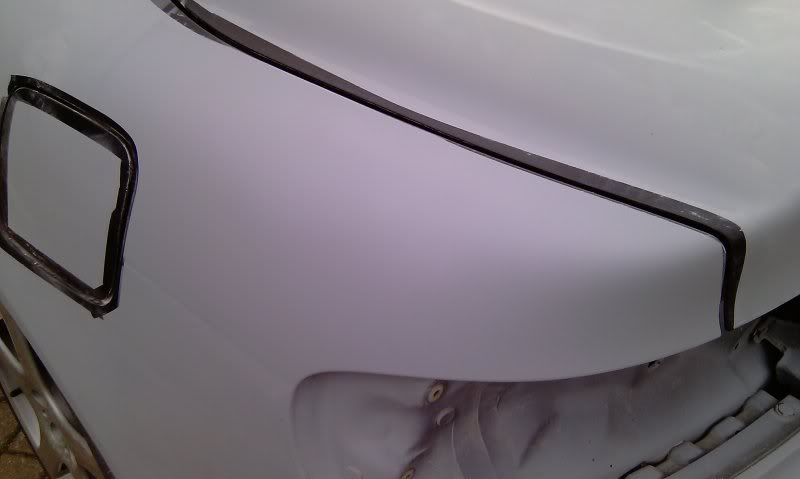
This post has been edited by CelicaHD2: Jan 18, 2011 - 12:29 PM |
Posts in this topic
 Palmy Scratch repair Jan 18, 2011 - 9:57 AM
Palmy Scratch repair Jan 18, 2011 - 9:57 AM
 CelicaHD2 To give you an idea visually...search on YouTube f... Jan 18, 2011 - 11:50 AM
CelicaHD2 To give you an idea visually...search on YouTube f... Jan 18, 2011 - 11:50 AM
 CelicaHD2 It's usually best to leave it a couple of days... Jan 18, 2011 - 12:35 PM
CelicaHD2 It's usually best to leave it a couple of days... Jan 18, 2011 - 12:35 PM
 CelicaHD2 Next step is the painting and blending process...e... Jan 18, 2011 - 12:50 PM
CelicaHD2 Next step is the painting and blending process...e... Jan 18, 2011 - 12:50 PM
 Palmy CelicaHD2... wow! Thanks so much for the aweso... Jan 18, 2011 - 1:55 PM
Palmy CelicaHD2... wow! Thanks so much for the aweso... Jan 18, 2011 - 1:55 PM
 CelicaHD2 Go for it don't be shy... Jan 18, 2011 - 3:18 PM
CelicaHD2 Go for it don't be shy... Jan 18, 2011 - 3:18 PM  |
1 User(s) are reading this topic (1 Guests and 0 Anonymous Users)
0 Members:
| Lo-Fi Version | Time is now: November 23rd, 2024 - 7:33 AM |



